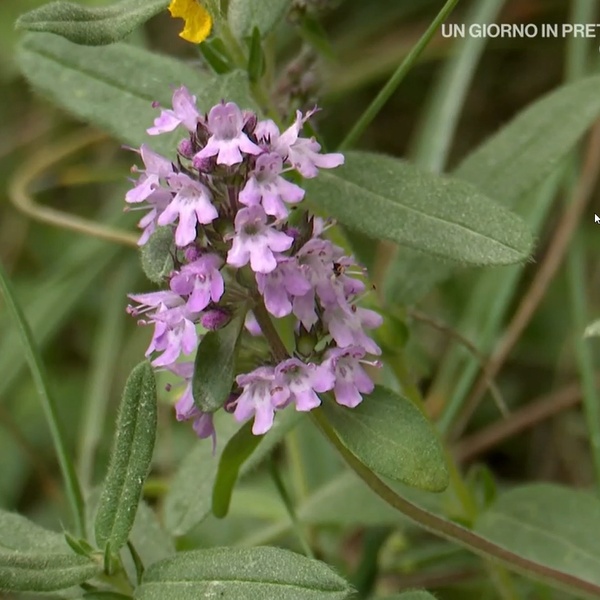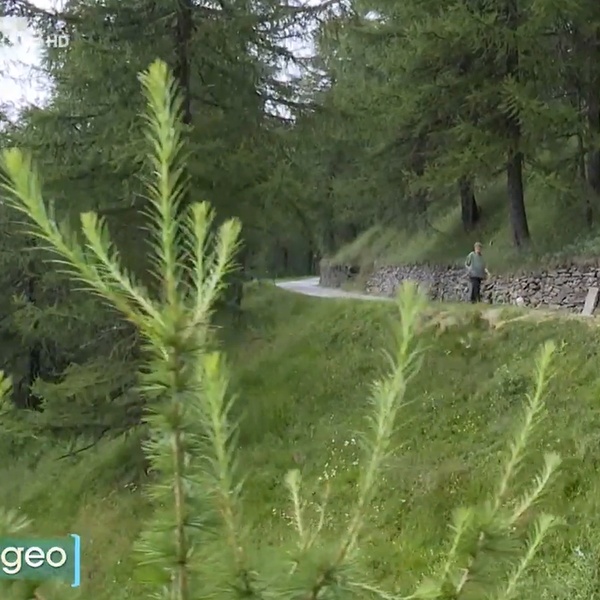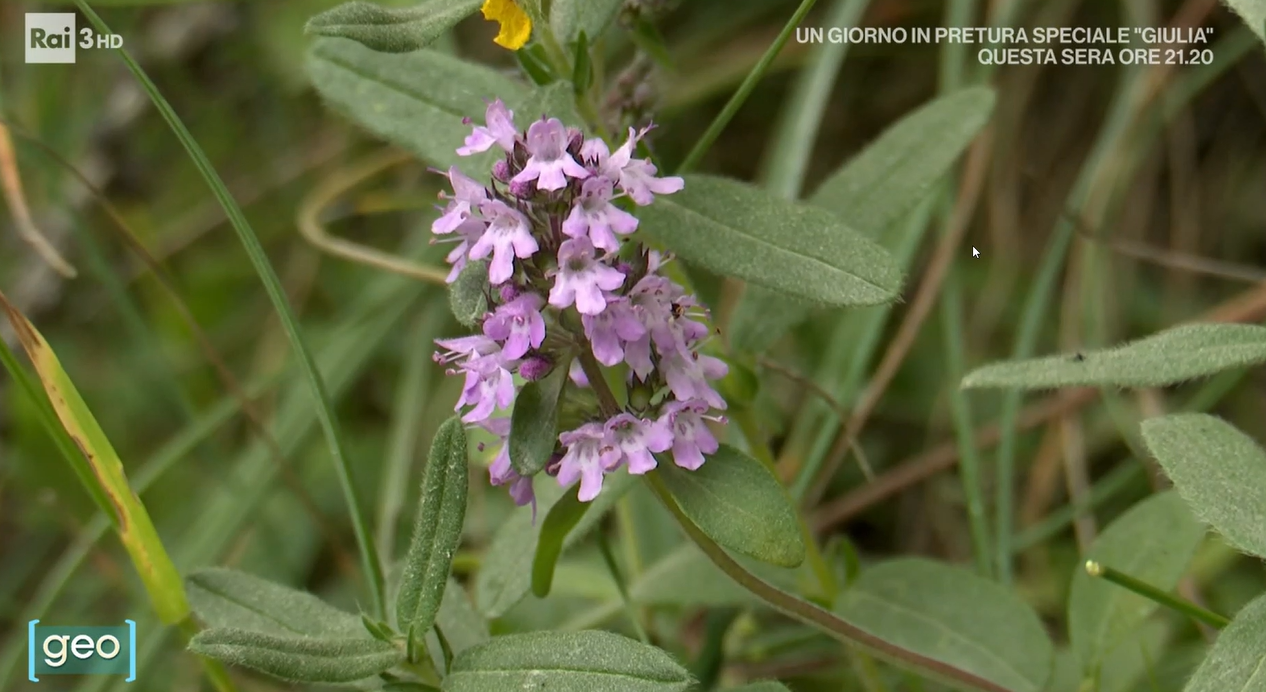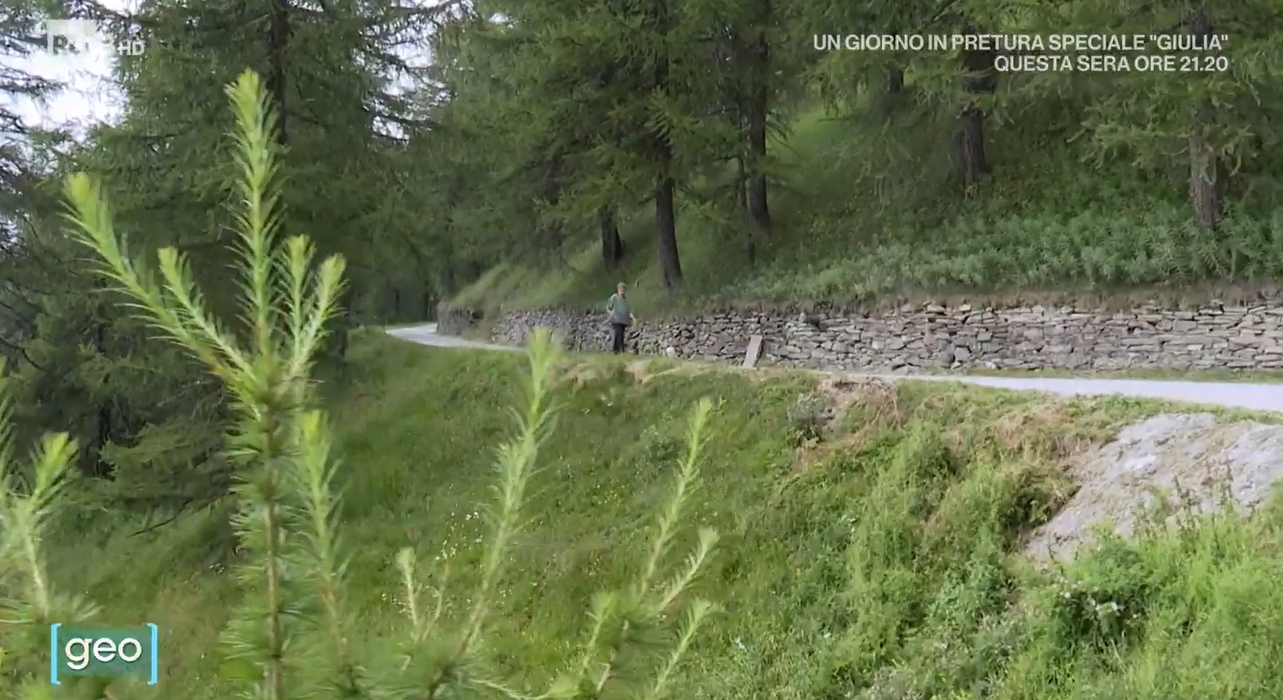The thyme of the Cozie Alps Parks on Geo
Dec. 5, 2024On Saturday, December 3, 2024, an interesting segment was aired on Geo featuring footage filmed in the Orsiera Rocciavré Natural Park. The popular RAI program dedicated to the environment and its wonders recounted the story of a herb – wild thyme – and its multiple culinary and medicinal properties with the usual expertise accompanied by spectacular shots within the Protected Areas of the Cozie Alps. A real source of pride for a Park Authority that is responsible for safeguarding and enhancing the natural heritage of its territories.
The report also provides an opportunity to reaffirm that which many mountain visitors are unaware of: in protected areas, the collection and damage of wild flora is prohibited. This was explained in the column Reasons for a Ban and we take advantage of the platform offered by Geo to emphasize this once again with regards to thyme.
Wild thyme is a fairly common species and traditionally widely used in cooking to flavor dishes and to produce liquors, or in cosmetics for its antiseptic and deodorant properties. What harm is there if I gather a bunch during a hike and take it home? – many might ask. Our park rangers often reiterate: environmental damage is not caused by individual acts but by the repeated behavior of many. Fortunately, there are many people who visit and appreciate the ecological heritage of the Parks of the Cozie Alps, hopefully even more so after watching the Geo segment. Moreover, in a protected area, humans are guests of an ecosystem in which they represent just one species among many.
If all this is not enough, let us conclude with a very interesting story that will convince many to observe wild thyme with a closer look.
Wild thyme is the host plant of a clever rare species of butterfly, the Large Blue (Phengaris arion), which lays its eggs among its flowers and the larvae feed exclusively on them. This wonderful butterfly with blue wings is protected at a European level and included in the Habitat directive due to its steep decline caused by its highly complex biological cycle. The Large Blue has developed a type of parasitic symbiosis with the ant of the Myrmica genus through its caterpillars that, after hatching, start feeding on wild thyme before moving to the ground assuming the appearance and smell of ant larvae. If there is an ant colony nearby, the worker ants collect the Large Blue caterpillars, believing them to be their own larvae, and carry them to the nest where they will begin preying on ant larvae, thus continuing their development until they metamorphose into butterflies.
To watch the broadcast on Raiplay, click here. The segment starts at minute 01:05:30.
You might also be interested in...
- campaign Winter use in the Cozie Alps Parks, the reasons behind some prohibitions
- emoji_nature Apollo
- campaign Il giardino botanico nascosto del rifugio Balma
- campaign International migrants in Val di Susa
- campaign "What a bunch of flowers" and the protection of wild flora
- campaign A prestigious research project reveals the effects of climate change on the population of Rock Sparrows in the Upper Susa Valley
- campaign A bond of security. Dogs on a leash in parks
- campaign Cycling in the Parks: Yes, but...
- campaign Only if necessary. Motor vehicles in the Parks
- campaign The mushrooms: a heritage of the environment and popular traditions
 Nature
Nature



